
Hypertrophy as defined by the English dictionary is: "the enlargement of an organ or tissue from the increase in size of its cells".
This comprehensive guide teaches you the science behind skeletal muscle hypertrophy, along with the various different hypertrophy training methods and bodybuilding techniques.
It also provides in-depth answers to questions such as:
- How to Stimulate Hypertrophy?
- How many reps and sets should I do for hypertrophy?
- Does 5x5 build muscle mass?
- What is the difference between hypertrophy vs. hyperplasia?
So if you're stuck at a plateau, or are simply having trouble building enough muscle size and strength, then this article is for you.
By the end of it you'll understand the mechanisms behind adaptation, and how to leverage a hypertrophy training programme to stimulate maximum muscle growth.
What is muscle hypertrophy?
As you read earlier, the definition of hypertrophy is the growth of various tissues through an increase in size of the cross-sectional area (CSA) of its constituent cells.
The word hyper-trophy is derived from both English and Greek languages. Hyper, meaning "above" or "beyond", and the Greek trophia meaning "growth".
Literally any of your tissues can participate in hypertrophy. For example, during the transition from a child to an adult, your body will experience smooth muscle tissue and cardiac hypertrophy.
Muscle hypertrophy on the other hand refers specifically to the growth of skeletal muscle tissues as a result of an adaptive morphological response to heavy and intense weightlifting.
This is quite literally how you become bigger, faster and stronger!
There are two areas in which your muscles can increase in size, these are:
- Sarcoplasmic hypertrophy
- Myofibrillar hypertrophy
These two types of muscle hypertrophy are distinctly different.
Skeletal muscle terminology
The unique micro-structure of muscle cells has lead to the development of specialised terminology that is exclusive to the cellular biology of skeletal muscle tissue.
Therefore, before I explain the what the difference between the 2 different types of hypertrophy is, for ease of understanding I will first breakdown the scientific jargon into plain English.
Muscle cells are referred to as myocytes.
Myo is a term that is pertinent to skeletal muscle tissue, while cytology is a term used in biology that refers to the cells of the body. Thus myocyte = muscle cell, which is an individual muscle fibre.
A myocyte is a long tubular shaped structure that has various different subcomponents. It's structure is organised in the following hierarchy:
Myocyte -> Myofibril -> Sarcomeres -> Actin & Myosin sliding protein filaments
Collectively, myocytes make up skeletal muscle tissue as a single functioning muscle group.
Physiological differences in muscle fibers
Skeletal-muscle tissues contain 3 distinct types of fiber. Each type serves a specific purpose and is found in varying quantities within the muscles. Collectively, this combination of fiber types allows skeletal muscles to perform in a whole manner of different ways.
Understanding the physiological differences in muscle fibres is fundamentally important to understanding the practical applications of hypertrophy training.
Including how targeting different types of muscle fibers through different exercise-stimuli, translates to stimulating maximum muscle growth.
Classification is determined by 2 main criteria.
1. How the muscle fibers generate energy (ATP)
ATP is the cellular energy currency of the human body, of which cells can generate ATP in a number of ways. Energy metabolism can be classified into 2 main categories according to the interaction of oxygen; aerobic respiration & anaerobic respiration.
Aerobic respiration requires the coupling of oxygen and glucose to generate ATP. This type of energy metabolism is also referred to as slow oxidative and is very efficacious at producing large quantaties of ATP.
However, aerobic respiration yields ATP at a much slower rate than anaerobic metabolism does.
Anaerobic metabolism, or glycolytic metabolism, generates ATP in the absence of oxygen, whereby the fermentation of glucose yields ATP much faster than aerobic respiration, but in much smaller amounts.
2. The relative speed at which the muscle fibers contract
Skeleto-muscular contractions are invoked by calcium ions (Ca2+) which bind to regulatory troponin proteins, consequently exposing the actin binding site on the myosin filaments. As a result, cross-bridge structures are formed between the myosin and actin sliding filaments.
These events generate tensile force which subsequently leads to contraction of the sarcomere unit. Shortening of the muscle fibers requires energy from ATP. The velocity of contraction is governed by the enzymatic function of ATPase (ATP phosphohydrolase).
The acceleration of muscle fiber contraction is directly proportional to ATPase activity (1). That is, the higher the ATPase activity, the higher the capability of contractile speed.
ATPase activity is further linked to energy metabolism. Gylcolytic pathways that generate ATP at a faster but less efficacious rate correspond to fast twitch muscle fibers.
This is because fast twitch muscle fibers contract at a faster rate and therefore require a faster provision of ATP.
Slow-Twitch Type I (Slow Oxidative) muscle fibers
Type I fibers are also referred to as slow oxidative fibers because they rely on aerobic respiration which requires large amounts of oxygen to generate ATP (2). Since aerobic respiration occurs in mitochondria, type I fibers contain the largest volume of mitochondria and are therefore able to generate the largest amounts of ATP.
Another distinct characteristic of slow oxidative type I fibres is the abundant amount of capillaries which facilitate the delivery of oxygen needed for aerobic respiration.
Additionally, type I fibres also contain an oxygen storing protein called myoglobin, which helps to supply the necessary oxygen used to generate ATP by means of aerobic respiration. Myoglobin gives rise to the hallmark red colour of slow-twitch type I muscle fibers.
Consequently, type I fibers are the most resilient to fatigue and are therefore capable of contracting for longer and for sustained periods of time. However, type I fibres have a relative small cross-sectional area and lack the capability to generate high tensile forces.
Slow-twitch fibers are responsible for isometric contractions that facilitate functions such as posterial maintenance and adjustment.
Fast-Twitch Type II (Fast Oxidative & Fast Glycolytic) muscle fibers
Type II muscle fibres are further classified into type IIA and type IIB or IIX.
Type IIA fast-oxidative fibers
These fibers can be described as an intermediate link between type I and type IIB fibers. This is because they are able to generate ATP from both aerobic and anaerobic pathways and thus do not easily fatigue,
They also have a larger cross-sectional area and are able generate more force than type I muscle fibers. However, they contain significantly less myoglobin and are therefore white in colour.
Type IIA fibers are principally used in locomotion requiring more energy than isometric contractions, such as with walking.
Type IIB fast glycolytic fibers
Type IIB muscle fibers have the largest diameter and lowest concentration of mitochondria and myoglobin. This is because they rely primarily on anaerobic respiration to generate ATP. As a result these fibers also store more glycogen to facilitate the fast glycolytic production of ATP.
These properties enable type IIB muscle fibers to generate rapid and large amounts of tensile force, and to contract (cross-bridge cycling) at a faster rate than other muscle fibres.
Consequently, fast-twitch type IIB fibres also fatigue quickly and are therefore limited in function to short bursts of powerful exercise.
With regard to achieving muscular hypertrophy, type IIB muscle fibres contain large stores of glycogen, and are therefore subject to both sarcoplasmic hypertrophy and myofibrillar hypertrophy.
Thus, the physiological differences in muscle fibre types correspond to the differences in physiological adaptation in response to a given exercise stimulus.
For instance, why performing lower repetition ranges with heavier loads, targets type IIB muscle fibers, and is therefore optimal for stimulating hypertrophy.
Myofibrillar hypertrophy Vs sarcoplasmic hypertrophy

Sarcoplasmic hypertrophy
Within the myocyte, each myofibril is surrounded by the sarcoplasmic reticulum (SR); a membrane like structure that forms tubules which store plasma, containing glycosides and calcium ions that invoke skeleto-muscular contractions.
Sarcoplasmic hypertrophy is the increase in the volume of sarcoplasmic fluid. In other words, muscle cells become pumped-up with extra-cellular fluids and glycogen.
Therefore sarcoplasmic hypertrophy is said to increase lean muscle mass and perhaps even create an appearance of larger muscles. That said, because this doesn't involve an increase in the number of contractile protein structures, the capacity to generate force is not enhanced.
Myofibrillar hypertrophy
Myofibrillar hypertrophy on the other hand, is the increase in skeletal muscle protein mass through the creation of new contractile sarcomere units, a process known as sarcomerogenesis.
Amazingly, the dynamic nature of morphological skeleto-muscular adaptation, allows sarcomeres to be added both in serial, and parallel.
Thus skeletal muscles can adapt and respond according to the exercise-stimulus, by either becoming thicker in cross-sectional area (CSA), or, increasing in functional length.
It is believed that the capacity of force production of a myofibril is denoted by the number of contractile actin and myosin sliding protein filaments (3). According to this axiom, myofibrillar hypertrophy increases not only muscle mass, but strength too.
It is therefore understood that myofibrillar hypertrophy results primarily from the growth of each myocyte, rather than an increase in the number of myocytes.
This is important to note because the number of myocytes is determined by your genetics and thus far there is no evidence to suggest that myocyte numbers can increase through exercise-induced hypertrophy.
Rather, weightlifting and bodybuilding can only stimulate an increase in muscle cell growth and volume.
Hypertrophy Vs. Hyperplasia

Hyperplasia or hypergenesis, is the increase in growth of tissues caused by cell proliferation (cell division).
Although hyperplasia and hypertrophy both result in tissue growth, their mechanisms are distinctly different; hypertrophy is an increase in the cell size, whereas hyperplasia is an increase in the number of cells.
CRE8N-MX® The Superlative Creatine Supplement
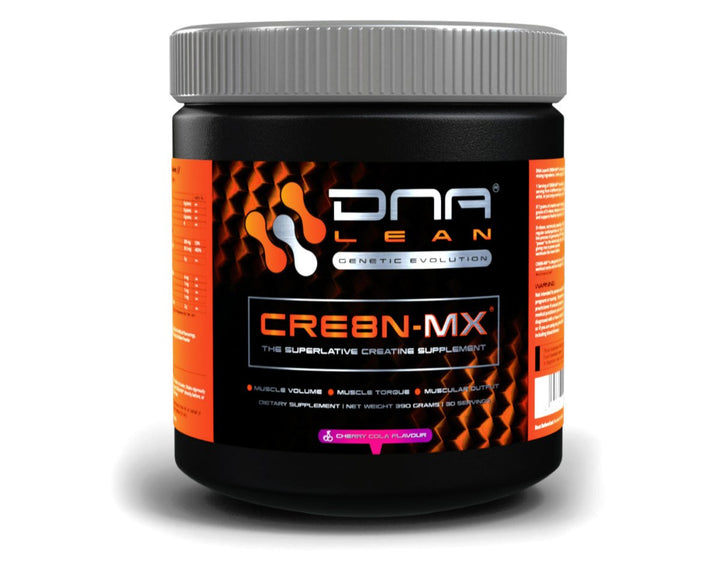
£29.99
£34.99
DNA Lean® CRE8N-MX® is an exciting new and innovative creatine supplement designed to rapidly boost strength capacity, exercise-performance, and skeletal muscle mass. If you want to reap all of the power-packed benefits of creatine monohydrate, without the risk of an… Read More
Mechanisms of muscle hypertrophy
Muscle hypertrophy has become a profound area of research, and even today exercise-science does not fully understand the exact mechanisms of the skeleto-muscular adaptation in response to acute and chronic resistance training stimuli.
So far, research has identified three primary factors of hypertrophy:
- Mechanical tension
- Metabolic stress
- Muscle damage
Each one of these factors although distinctly different, are inextricably linked, as you will see.
Mechanical tension
Mechanical tension refers to the tension that is applied to your muscles both from the generation of contractile force in the concentric (lifting) phase, and from the stretching of the muscle fibers on the eccentric (lowering) phase of the exercise.
Generally speaking the greater the mechanical tension, the lesser the degree of metabolic stress, and vice-versa. That is the heavier the load the fewer the repetitions, and the lighter the load the greater the repetitions become. Thus mechanical tension and metabolic stress are inversely proportional.

According to research, mechanical tension associated with weightlifting disrupts the structure of skeletal muscle which is thought to activate dormant satellite cells. Once active these satellite cells proliferate and fuse together or bind with existing muscle cells to create new myofibers (4).
This cascade of events gives rise to a positive shift in protein anabolism which then exceeds protein degradation and thus results in hypertrophy.
It is thought that this mechanically-induced shift in protein balance is also due to the triggering of several different myogenic pathways, including mammalian target of rapamycin (mTOR), Akt and Mitogen-activated protein kinase (MAPK).
Metabolic stress
Metabolic stress occurs as a result of exercise that is powered by anaerobic glycolysis. This type of energy metabolism burns glucose in a hypoxic (low oxygen) environment which consequently leads to the build-up of lactate and other metabolites.
Anaerobic glycolysis is a metabolic pathway for energy production that powers brief explosive bouts of exercise that last for a duration of up to 30 seconds.
Exercise-science theorises that the accumilation of stress-related metabolites induce biological mechanisms that propagate a hypertrophic response.
The brilliant work of renowned hypertrophy coach and researcher Brad Schoenfeld (5), has helped to identify some likely mechanisms through which metabolic stress is believed to increase hypertrophy, these are:
- Acute hormone release
- Reactive Oxygen Species (ROS)
- Myokines (local growth factors)
- Cell swelling
- Muscle fibre recruitment
Vascular occlusion training
Metabolic stress is part-basis of vascular occlusion training, otherwise known as blood flow restriction training (BFRT).
Blood flow restriction training employs the use of occlusion cuffs/bands, which are applied to either the arms or thighs prior to exercise.
The occluded limbs should have just enough pressure applied to restrict the vascular outflow of deoxygenated blood, while allowing the arterial inflow of oxygenated blood to continue.
Application of occlusion cuffs is subsequently followed by low-load resistance training (RT), increasing blood flow to the restricted limb, causing an excess of blood to accumulate inside the muscle.
After a short while the muscle tissues become super-saturated with blood, inducing cell swelling that supersedes normal physiologic hyperemia. As a consequence, it is believed to cause a hypertrophic response (6).
An additional effect of restricted blood flow training is a reduction in the occluded muscle's oxygen concentration. This triggers activation of larger motor units and the recruitment of highly oxidative type 2 muscle fibers.
Finally, creating a hypoxic environment also causes a temporary increase in lactate and other metabolic stresses that lead to muscular acidosis. The artificial spiking of metabolic stresses is believed to consequently result in a cascade of hypertrophic effects (7).
Vascular occlusion training is particularly useful for stimulating muscular hypertrophy in older adults suffering from sarcopenia, whose degenerative joints may not permit lifting heavy weights.
Muscle damage
Muscle damage is another theorised modality of muscle hypertrophy, whereby exercise-induced muscle damage is thought to be responsible for promoting additional muscle growth. Although this is a logical assumption, this theory has provoked criticism by some researchers.
One particular criticism of this theory comes in the form of the repeated bout effect (RBE) (8), which consistently demonstrates that muscles become increasingly less susceptible to damage and myotrauma following repeated bouts of exercise.
Nevertheless, hypertrophy is achieved through consistent and repeated bouts of exercise, which therefore suggests that muscle damage may not contribute to exercise-induced muscle hypertrophy.
But that's not all, the evidence becomes even more unclear as to whether muscle damage does stimulate hypertrophy. This is because exercise-induced muscle damage still persists in experienced athletes.
The bottom line
The human body has the amazing ability to respond physiologically to exercise stimuli, of which resistance training (RT) is known to trigger muscle protein synthesis (MPS).
Practically, hypertrophy is achieved through the application of mechanically induced tension, and the subsequent accumulation of metabolic stress.
Nevertheless, science still lacks a full understanding of the exact mechanisms behind the hypertrophic process.
What we do know is that muscle hypertrophy is a very complex and multifaceted process that is influenced and mediated by a whole manner of different factors including satellite cells, immune system responses, cytokines, metabolite accumulation, cortisol, testosterone, insulin and other growth factor proteins (IGF, FGF, HGF, HGH) etc.
How to stimulate muscle hypertrophy

Muscle hypertrophy is caused by adaptation to regular and progressive workloads that supersede the pre-existing capability of your muscle fibers.
The key take away here is that one must exceed the adaptation threshold in order to force physiological responses in muscle growth.
This doesn't necessarily equate to always lifting greater loads, rather, overload can include progressions in weight, repetitions, volume, and intensity, or a combination of all 4.
The superlative driving force behind stimulation of muscle growth is the combined value of all training stresses.
Furthermore, progressive overload training must also be combined with adequate rest and a varied and balanced diet rich in quality proteins.
You can do all the grunting, groaning, and teeth-clenching in the world, but without the necessary nutrition your efforts will be made in vain. Protein is one of the most important rate-limiting factors in muscle hypertrophy; make sure you get enough of it.
LEARN MORE > 19 Breakthrough Ways Proven To Increase Testosterone (NATURALLY)
What is progressive overload training?
Progressive overload training is the principle of applying repeated and varying amounts of mechanical tension to skeletal muscles, thereby creating a stimulus for adaptation by triggering a hypertrophic response.
Improving your personal best bench-press, for example, from 6 repetitions of 100 kilos, to 6 repetitions of 110 kilos, exceeds the adaptation threshold and forces overload.
I liken adaptation to a chicken and egg scenario; which came first, the overload or the adaptation? The theoretical underpinning of adaptation is in some senses paradoxical, which for me, further strengthens the importance of mindset.
How does one beat a personal best without being adapted to the new personal best? Self-belief goes a long way to help you along this road.
That said, it is important that your progression is a product of controlled exercise form and proper movement patterns. This is fundamental to any hypertrophy training programme.
Any progression or increase in load attributed to swinging, jerking or improper movement will do little in the way of stimulating hypertrophy.
Thus adaptation and hypertrophy are inextricably linked; hypertrophy increases the number of actin and myosin sliding filaments resulting in an increase in the size of the individual muscle fibers and consequently their capacity to generate force (9).
Eccentric Vs concentric loading stimuli
Although the stimulation of muscle protein synthesis (MPS), in response to acute and chronic concentric and eccentric resistance training appear to be very similar, the understanding of the physiological mechanisms that drive adaptation to the two different stimuli remains incomplete.
Eccentric (legthening) loading may provide an additional hypertrophic stimulus. This is because muscle damage is more strongly linked with eccentric loading.
Thus if the axiom of muscle damage being a cause of muscle growth is accurate, it is also logical to assume that performing slower and heavier eccentric movements, will further benefit hypertrophy, least to some degree anyway.
Furthermore, due to cross-bridge formations (10), skeletal muscles are stronger in the eccentric phase. For this reason, force production capabilities of eccentric exercise can be used to increase the amount of tension applied to a muscle.
That said, concentric contractions recruit larger motor units and may stimulate a larger mass of muscle fibers, and with a higher metabolic cost.
All things considered, I would always recommend combining controlled eccentrics with explosive concentrics, needless to say, this combination of lifting tempo increases the total amount of work/volume completed.
De-loading and hypertrophy training
Progressive overload may well be one of the choice tools for stimulating muscle growth. Nevertheless, it just isn't feasible or practical to beat your body up and overload your muscles every single workout; ergo deload week.
A deload is a temporary reduction in training stresses; load, volume, intensity, and exercise selection, or a combination of all four training variables.
Deloading helps improve recovery without taking time off training and can be particularly useful for helping sore tendons, ligaments, and joints such as inflamed or bad knees, fully recover where they may not ordinarily be able to recover given only the odd rest day or two.
If done correctly, a proper deload can help facilitate prolongued and ongoing periods of intense, heavy training.
Another benefit of deloading is protection against mental burnout. I can personally vouch for this; after a gruelling week of heavy lifting the thought of finishing off with a 1500 lbs leg press session can at times be overwhelming.
There is no set way to implement a deload week, for example you could schedule one in at the end of every month, or add one in every couple of months. My advice would be to go by your instincts and only implement a deload week when you feel it necessary.
Even if you aren't following a hypertrophy training programme, you can still benefit from a deload week. Deloads can be effectively used in other types of training such as powerlifting or crossfit for example.
Are heavy weights or light weights best for hypertrophy?
Exercise-science generally recognises that different repetition ranges elicit different effects upon muscular adaptations.
In fact various studies provide us with good evidence to support the claim that heavy loads promote the greatest increases in strength while light loads are optimal for muscular endurance (11, 12, 13).
As a practical guideline these are:
1-5 repetitions (Heavy load) = optimum range for increasing strength
6-12 repetitions (Moderate/heavy load) = optimum range for increasing hypertrophy
13+ repetitions (Light load) = optimum range for muscular endurance
That said, these “boundaries” aren't completely hard and fast. For example, performing 5 all out repetitions using a heavy weight won't just increase your strength; it will also stimulate hypertrophy. Conversely, hitting 10 repetitions, although primarily aimed at hypertrophy, will also yield an increase in strength.
Strength Vs hypertrophy rep range
You can think of hypertrophy and strength as being interconnected yet differing by degree.
The further you move down the scale of the 1-12 rep range, the greater the stimulus for adaptation in strength capacity. Conversely, the further you move up the scale of the 1-12 rep range, the greater the stimulus for adaptation in muscular hypertrophy.

Although both mechanical tension and metabolic stress are factors that influence hypertrophy, the above image illustrates the difference between strength training and hypertrophy training rep ranges.
As a comparison, here you can see that in strength training where the number of repetitions are low, mechanical tension is at the highest (with minimal metabolic stress).
Whereas in hypertrophy training, where the number of repetitions is higher, metabolic stress also increases (with lower mechanical tension).
However, drop sets (aka super-sets) play a significant role in stimulating both strength and hypertrophy. As with drop sets, a maximum load can be handled for a small number of repetitions. Once muscular failure is reached, the weight on the bar is immediately reduced and the set it continued. This drop in weight can be done several times, thus achieving a much higher number of repetitions.
This is denoted in the third bar on the chart; with a drop set both mechanical tension and metabolic stress are maximised.
Drop sets are an intense way of promoting both strength and muscle mass.
Nevertheless, training in a specific rep range is no guarantee of increasing either strength or muscle mass.
For instance, you could regularly perform the 5x5 routine, but if you aren't pushing yourself hard enough, or resort to moving loads that are well within your comfort zone, the likelihood of successfully stimulating hypertrophy becomes less probable.
Conversely, if you consistently put your every last ounce of effort into every rep of every set of your workouts, the probability of attaining some sort of progression increases, because you will inevitably push past your adaptation threshold.
Does 5x5 make you bigger?
Although the 5x5 routine is geared more toward increasing strength, exertion is also a significant contributing factor; if you push yourself hard enough you will absolutely stimulate hypertrophy.
In fact in my experience, 5x5 is a very effective rep range and volume for building a combination of both strength and size.
Pro Tip
Train in the 6-12 hypertrophy rep range, but also mix it up a little; from time to time utilise a multi-varied approach and train across a wide spectrum of rep ranges.
You will absolutely stimulate hypertrophy and also reap the benefit of various types of mechanistic adaptations including an increase in tendon and ligament strength and hypertrophy.
How many reps and sets should I do for hypertrophy?
Training volume refers to the total number of reps and sets combined. One huge set of 100 reps obviously accounts for more in terms of pure numeric volume than 5 sets of 5 reps. However a single set of 100 reps means little to nothing for muscle hypertrophy.
As a general rule of thumb perform your sets in the hypertrophy rep range, and then if needed add more sets rather than reps to increase your volume.
Number of sets is actually an important consideration for your hypertrophy training programme, and if you are not covering enough volume you may fall short on stimulating maximum hypertrophy.
The results of a recent study also indicate the same (14). In fact, the researchers concluded that:
“Muscle hypertrophy follows a dose-response relationship, with increasingly greater gains achieved with higher training volumes.”
In my current 25 years training and 20 years experience as a hypertrophy coach, my empirical observation for the optimal training volume is not a one size fits all, but dependant on various factors including, the individual, their goals and how experienced a lifter they are.
Although volume is important, there is a law of diminishing return. Spend too long in the gym doing too much volume and your workout could end up lacking in intensity and fail to stimulate hypertrophy. 1-1.5 hours should be ample time to complete your workout.
How frequently should you train a muscle group?
Every time you perform an intense workout, protein synthesis is stimulated. Thus it is proposed, training as frequently as possible is best for hypertrophy. That is the more frequent you workout, the more frequently you can spike protein synthesis.
While in theory this axiom may seem plausible, the practical applications are less pragmatic. In reality, optimal training frequency has to achieve a balance between stimulation and recovery.
An imbalance either side of this equilibrium, will invariably lead to sub-optimal results.
Furthermore, don't think just in terms of recovery per muscle group, rather, have a holistic approach and take into consideration other recovery factors.
For example, eccentric loading not only causes muscle damage and the delayed onset of muscle soreness (DOMS), but is also thought to be more taxing on the central nervous system (CNS) than concentric loading is (15).
Simply put, intense training can impose stress on more than just the particular muscle groups that are worked.
Training frequency depends on various different factors, as a broad umbrella, here are the main ones that I focus on:
- Volume
- Experience
- Goals
- Age
VEGA hypertrophy frequency method
Volume
There are all manner of different hypertrophy programmes and the amount of volume you are working through will significantly affect how frequently you train each muscle group.
As a general rule of thumb; the more volume you cover in each of your workouts, the less frequently you can perform them.
Volume is usually dependant on the type of training programme you follow.
As an example, full body hypertrophy workouts generally involve less volume per muscle group, whereas more advanced bodybuilding training programmes include significantly more exercises and total sets per muscle group.
Needless to say, full body hypertrophy workouts allow each muscle group to worked more frequently.
The same is also true for intensity; if you increase your training intensity by training to failure, adding force reps, rest pauses, super sets etc, you will find that you are forced to decrease your training volume.
Your body's capacity to exercise is limited and so is its ability to recover. Thus the more you exert yourself in one way or another, the greater your recovery time will be.
Experience
This one is easy, the longer you have been lifting and the more experienced you are, the more accustomed your muscles will have become to moving heavy loads and intense training. Experienced lifters, under the age of 40 and who have been consistently training hard for years can generally train more frequently.
Goal
If you are a bodybuilder and your goal is to build as much muscle as possible, then of course training as frequently as possible is a must. However if you are only concerned with maintaining your muscles, then you can train less frequently.
Age
Simply put, the older you become the more degeneration your body will encounter and thus your ability to recover from intense physical exercise is lessened. Having worked with clients in their sixties, I can genuinely say that age-related recovery is an important consideration in training frequency.
What exercises are the best for hypertrophy?

Aside from rep ranges, volume, and frequency, exercise selection also plays an important part in stimulating muscle growth.
For example; cable cross-over's Vs decline bench-presses.
Two heavy sets at 6 reps of decline bench-press is significantly more effective at stimulating pectoral hypertrophy, compared to the equivalent sets and reps of cable cross-over's. The latter certainly wouldn't do much for your before and after transformation pictures.
This is because decline bench-press is a compound (multi joint) exercise and utilises more than one muscle group. Compound movements enable you to handle a greater load and thus apply more mechanical tension to your muscles. Whereas cable cross-over is an isolation (single joint) exercise, which is a biomechanically weaker movement.
Consequently, it is fundamentally important to include a variety of compound exercises into your hypertrophy programme. Be sure to utilise compound exercises for both your lower body and upper body.
Squats for example work your legs (quadriceps & hamstrings), glutes, and to a lesser degree, back and calf.
Here are some compound exercises that I recommend incorporating into your workouts:
- Dead lifts
- Squats
- Decline bench-press
- Overhead shoulder press
- Barbell rows
- Close-grip bench-press
- Leg press
Can supplements increase hypertrophy?

Muscle protein synthesis (MPS) and hypertrophy are synonymous. Skeletal muscle responds and adapts to exercise-induced stimuli by synthesising new actin and myosin sliding protein filaments.
The growth of new protein structures is a result of muscle protein synthesis (MPS). Therefore any supplement that can trigger MPS can be used to help increase muscle hypertrophy.
LEARN MORE > BCAAs And EAAs: An Ultimate Guide To Amino Acid Supplements
Whey Protein and Amino Acids.
To date, science teaches us that one of the most effective supplements for increasing MPS is the branched chain amino acid (BCAA) Leucine. Various studies indicate that Leucine, and to a lesser degree, all 3 BCAAs, trigger an anabolic pathway known as mammalian target of rapamycin (mTOR).
mTOR is an important signalling pathway responsible for regulating multiple biological functions including cell proliferation, cell growth and autophagy. With regard to hypertrophy mTOR is the powerhouse that drives the synthesis of new muscle tissue.
Whey protein is rich in leucine and BCAAs and it is well-documented that whey protein triggers mTOR (16, 17). Therefore it can be consumed post workout (I'd suggest consuming it directly after) to aid in recovery and to increase hypertrophy.
You can also go one step further by consuming Leucine and BCAAs either pre or intra workout. Because BCAAs are pre digested proteins, they readily enter your bloodstream, trigger MPS ( 18, 19 ) and kick-start anabolism while you are working out.
Because weight training increases targeted muscular blood flow through hyperaemia, drinking amino acids during your workout essentially force feeds your muscles with these anabolic building blocks.
This was one of the premises behind the formulation of plant-based Amino-XS which contains all 3 BCAAs; leucine, valine and isoleucine. It also includes a compliment of other essential amino acids (EAAs) to trigger and further facilitate muscle protein synthesis (MPS).
Myostatin-related muscular hypertrophy
Muscle hypertrophy is not only triggered by resistance training but can also be caused by a genetic mutation that signals a myogenic pathway (myo= muscle, gen = to produce).
Myostatin-related muscular hypertrophy is a relatively rare (the incidence is not currently known) genetic condition that is characterised by an unusually large skeletal muscle mass and low body fat percentage (20).
Individuals with Myostatin-related muscular hypertrophy can look like bodybuilders, yet may not even workout.
The MSTN gene encodes a protein called myostatin which is almost exclusively found in skeletal muscle tissues where it is understood to limit muscle growth.
Mutations in the MSTN gene cause a reduction in production of the myostatin protein, resulting in an abnormally large skeletal muscle mass. It isn't a serious medical condition and individuals who have it don't usually experience any health related problems.
If Darwin's theory of evolution and “natural selection” is true, the MSTN gene must be an anomaly; retarding muscle mass is contrary to survival of the fittest.
Conclusion
Muscle hypertrophy is the increase in size of your muscle cells and can be stimulated by progressive overload resistance training. In order to maintain continued muscle growth, you must regularly partake in exercise and train intensely using heavy loads.
Hypertrophy training has far reaching implications; just about every athlete on the planet can benefit from increasing their strength and building extra muscle. Moreover, hypertrophy training isn't just for bodybuilders.
Although the world of biochemical processes that govern hypertrophy are incredibly complex, your approach to building muscle should remain relatively simple. Train hard, eat well, sleep well, be consistent, be patient, apply the principles outlined in this blog including my VEGA hypertrophy frequency method, and you will build muscle.
A wealth of other health benefits are also associated with increasing your muscle mass. Skeletal muscle plays an integral role in immune system function and metabolism, and therefore is fundamental in maintaining your health.
Furthermore, performing regular hypertrophy workouts can help fend off age related muscular atrophy (sarcopenia) and thus promote healthy ageing. Even Public Health England recommend resistance training for older adults.
So now it's your turn, leave a comment and tell me about your favourite hypertrophy training techniques.
Scientific reference data:
1. ATPase Activity of Myosin Correlated with Speed of Muscle Shortening
2. Skeletal Muscle Fiber Type: Influence on Contractile and Metabolic Properties
3. Muscle structure and theories of contraction
4. The mechanisms of muscle hypertrophy and their application to resistance training.
5. Potential mechanisms for a role of metabolic stress in hypertrophic adaptations to resistance training.
6. The Anabolic Benefits of Venous Blood Flow Restriction Training May Be Induced by Muscle Cell Swelling
7. Role of metabolic stress for enhancing muscle adaptations: Practical applications
8. Recent advances in the understanding of the repeated bout effect: the protective effect against muscle damage from a single bout of eccentric exercise.
9. Form follows function: how muscle shape is regulated by work.
10. Physiological Mechanisms of Eccentric Contraction and Its Applications: A Role for the Giant Titin Protein
11. Muscular adaptations in response to three different resistance-training regimens: specificity of repetition maximum training zones.
12. Effects of Low- vs. High-Load Resistance Training on Muscle Strength and Hypertrophy in Well-Trained Men.
13. Strength/endurance effects from three resistance training protocols with women.
14. Resistance Training Volume Enhances Muscle Hypertrophy but Not Strength in Trained Men.
15. Eccentric Muscle Contractions: Risks and Benefits
16. Whey protein ingestion activates mTOR-dependent signalling after resistance exercise in young men: a double-blinded randomized controlled trial.
17. Whey protein intake after resistance exercise activates mTOR signaling in a dose-dependent manner in human skeletal muscle.
18. Leucine-Enriched Nutrients and the Regulation of mTOR Signalling and Human Skeletal Muscle Protein Synthesis
19. The actions of exogenous leucine on mTOR signalling and amino acid transporters in human myotubes
20. Myostatin-Related Muscle Hypertrophy

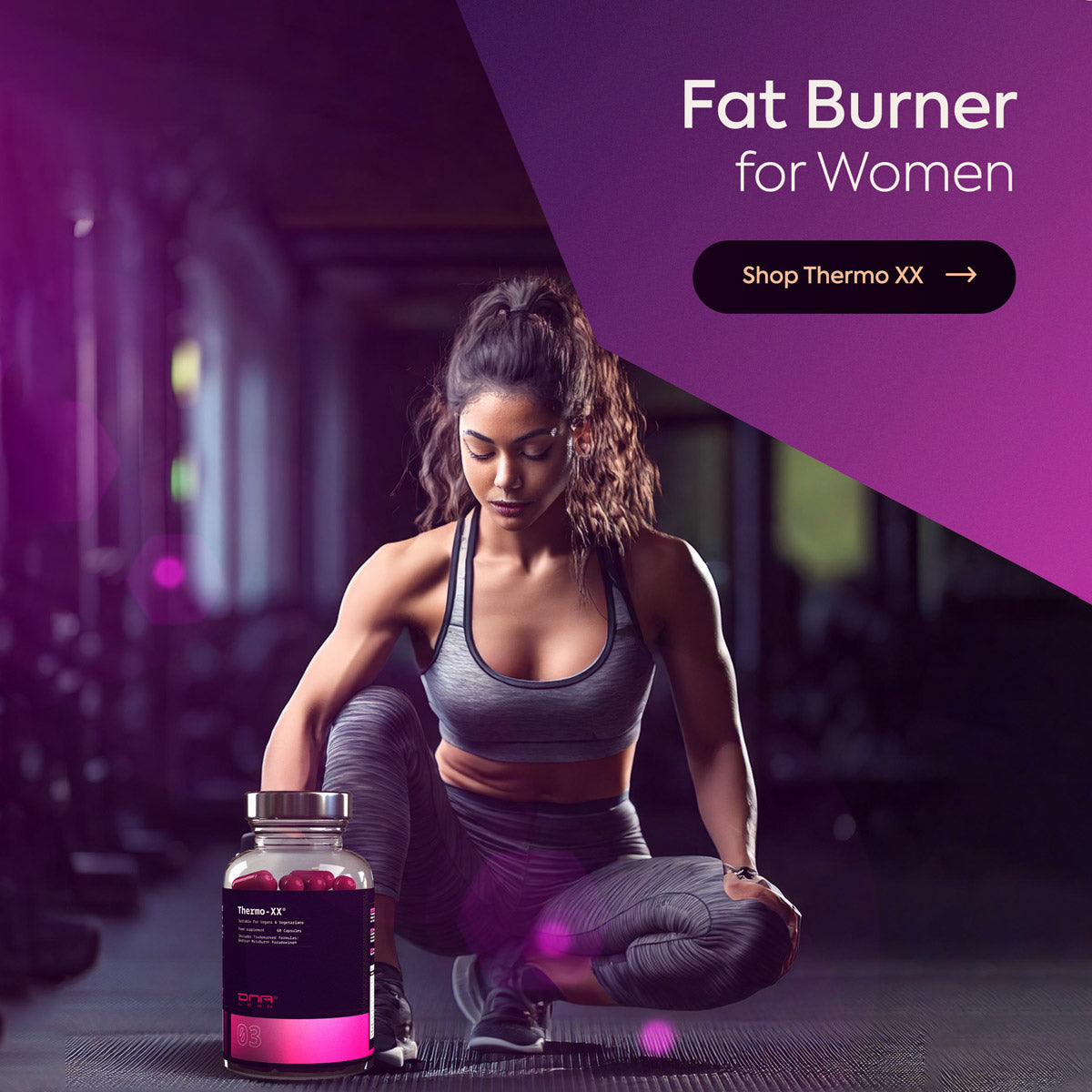
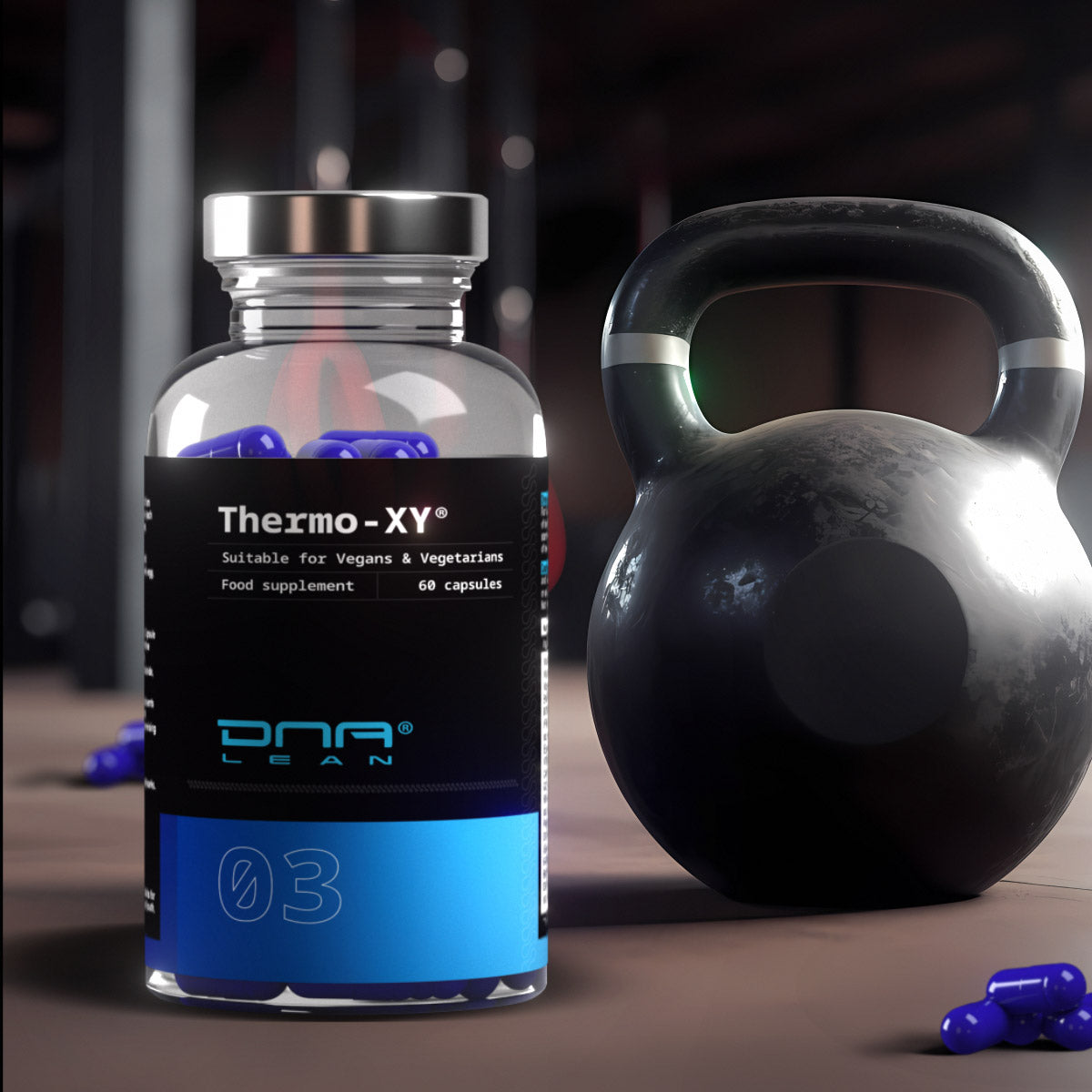
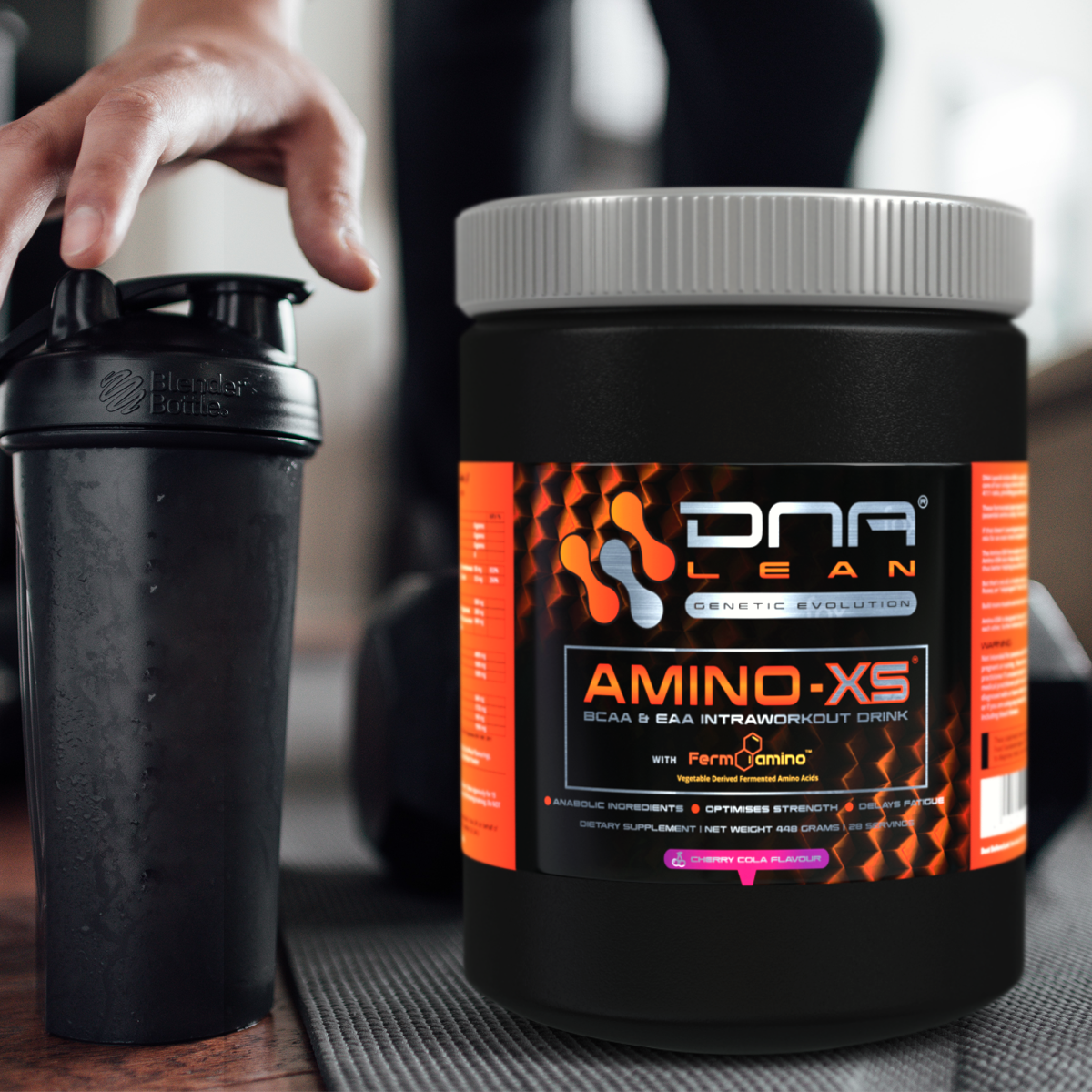
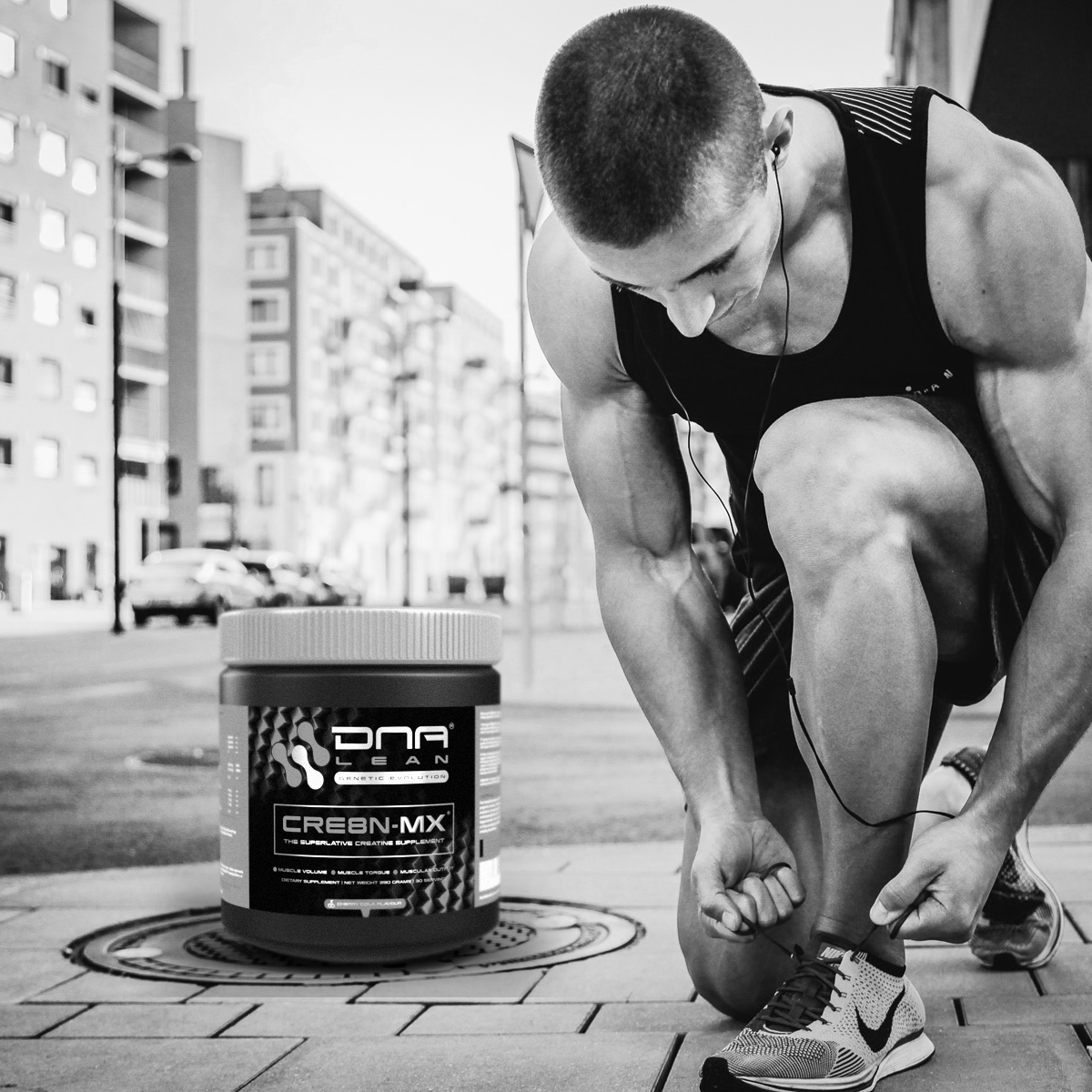
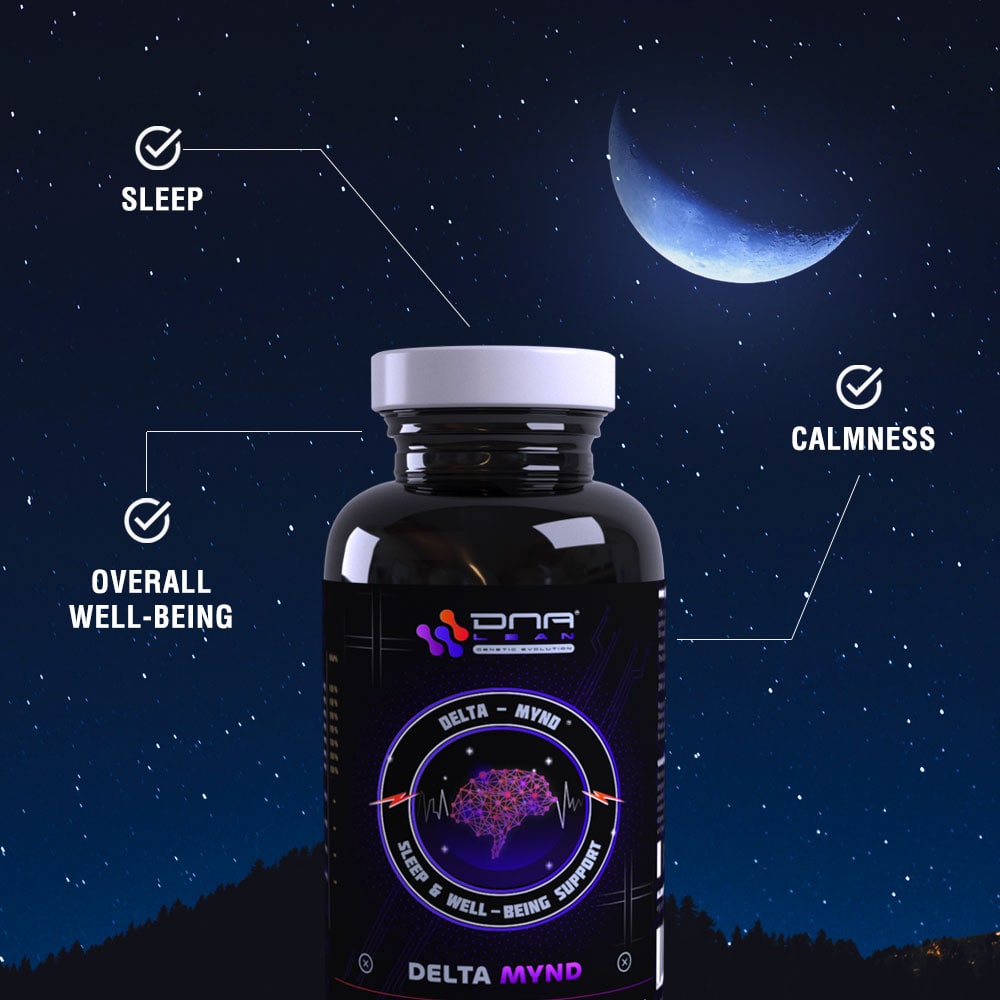
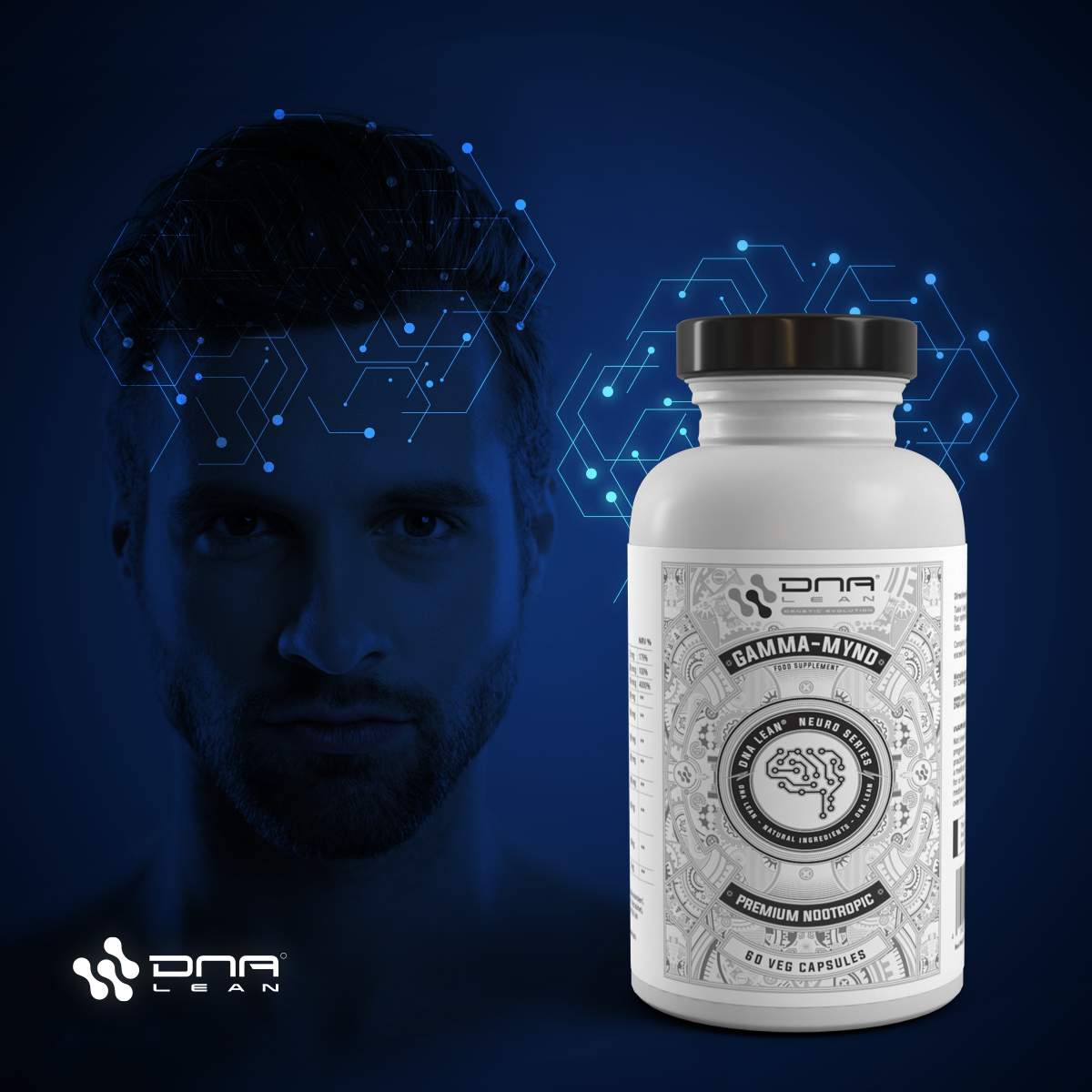
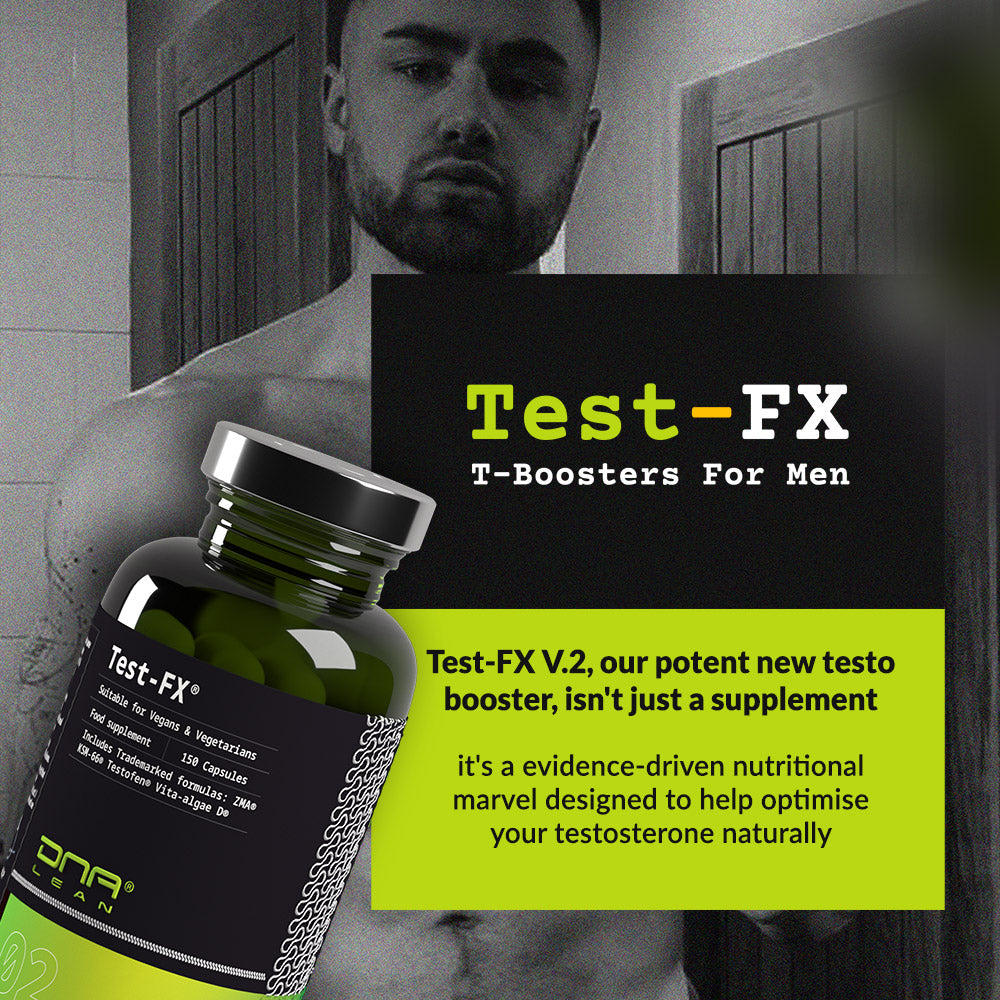
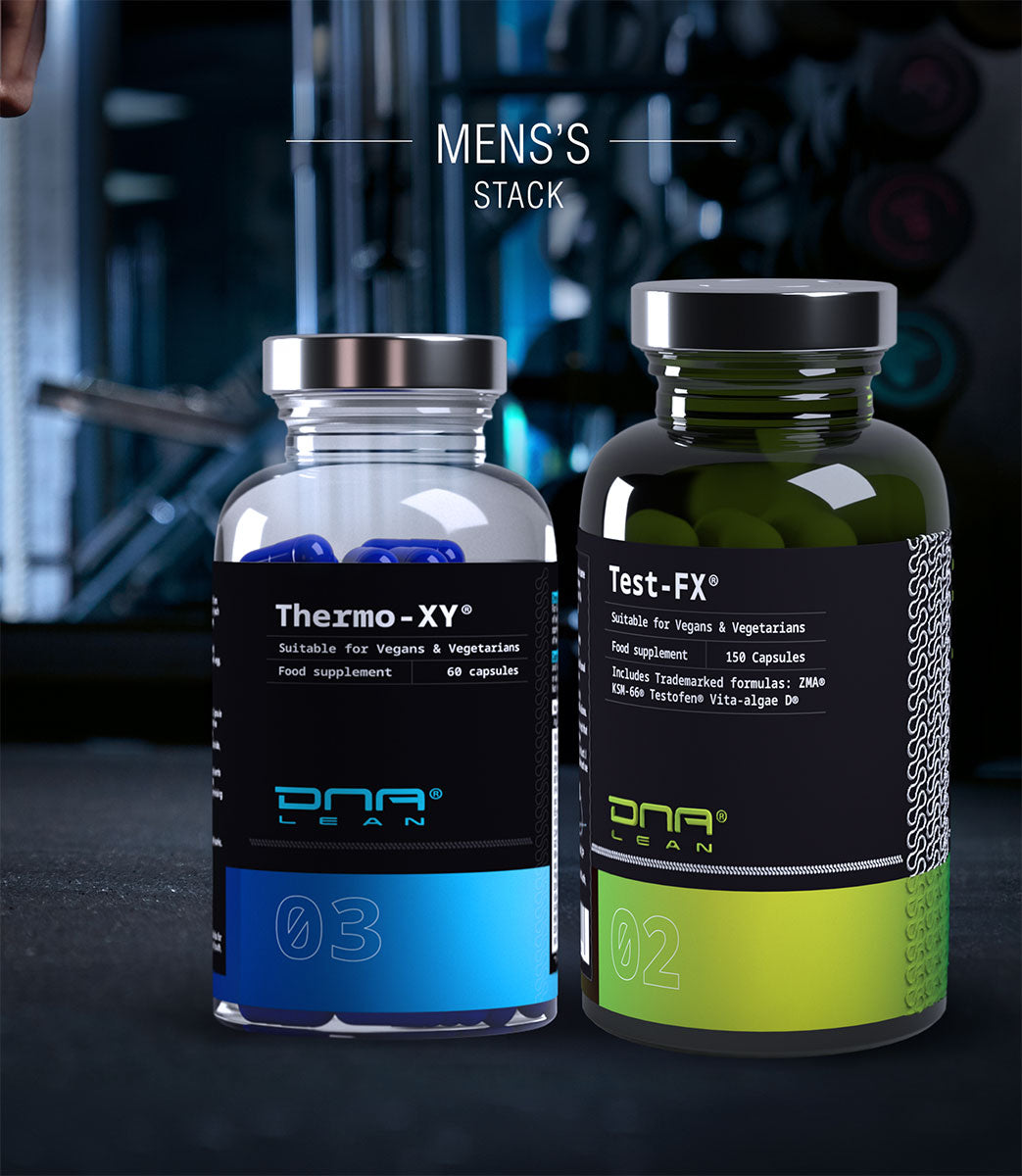
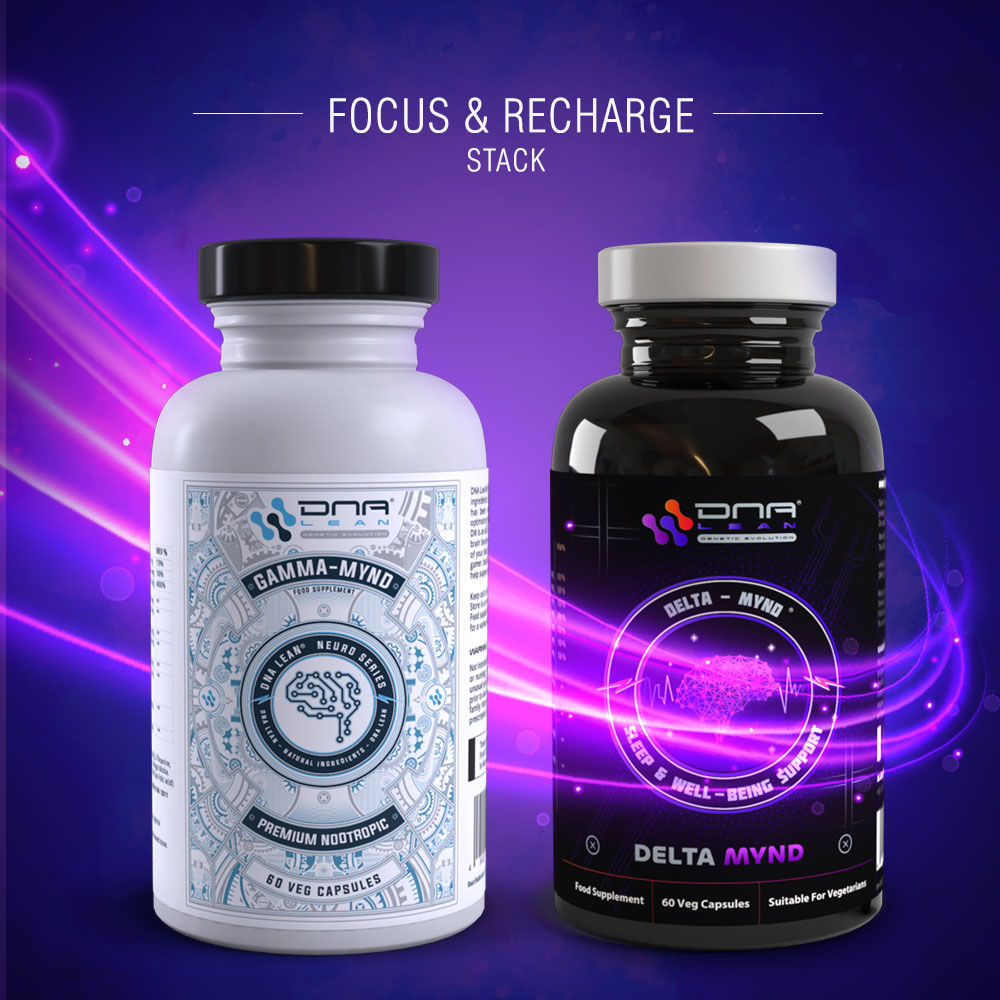
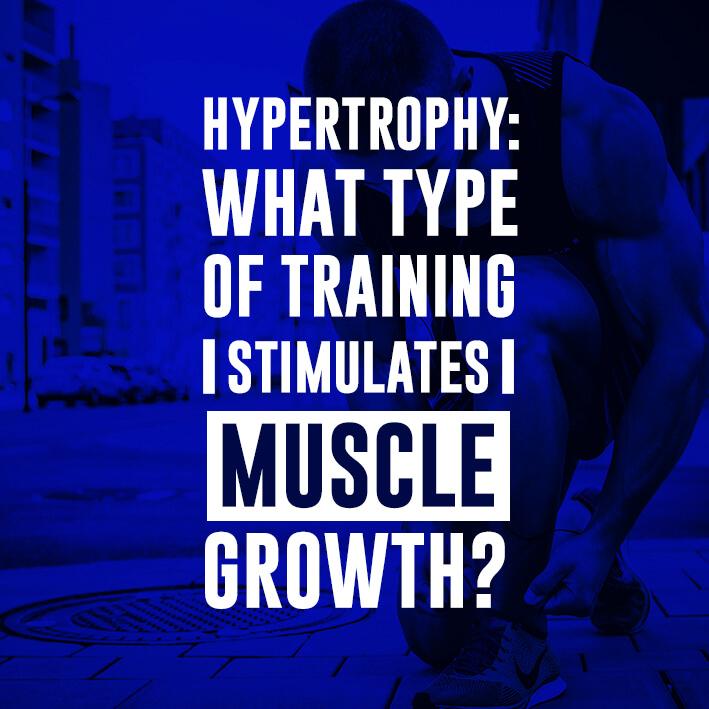



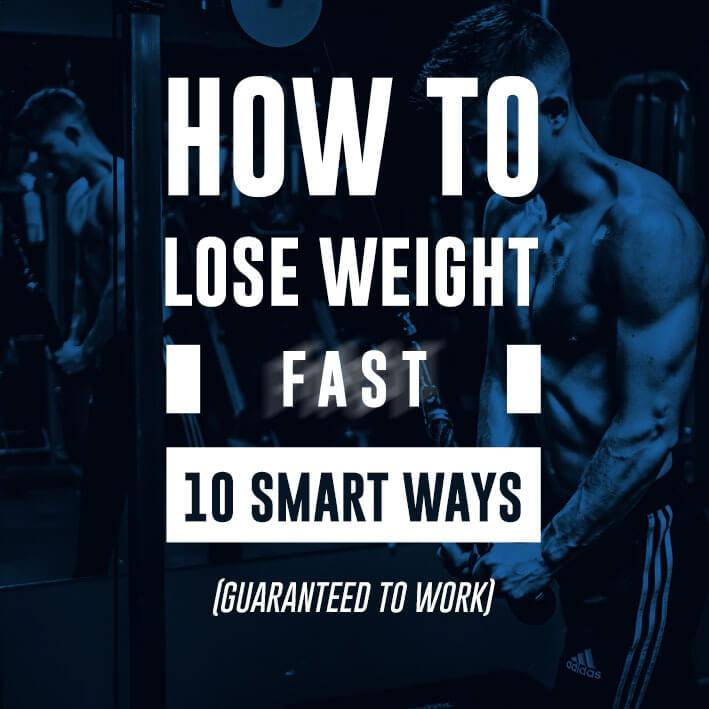
 USD
USD
 EUR
EUR